(LĐ online) - Looking back 50 years (January 6, 1975 - January 6, 2025), the victory on Route 14 - Phuoc Long has strategic significance, the key to opening the Great Victory of Spring 1975. Senior Lieutenant General Tran Van Tra - former Commander of the Southern Liberation Army affirmed: "Without the Phuoc Long victory, there would not have been the Ho Chi Minh campaign, completely liberating the South on April 30, 1975".
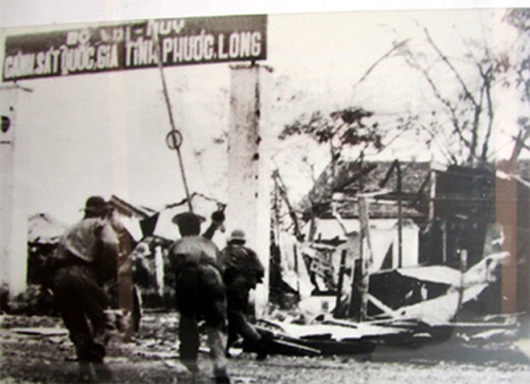 |
| Liberation Army captured Phuoc Long Provincial Police Sub-region (documentary photo) |
LIBERATION OF PHUOC LONG – ORDER GIVEN TO THE 4TH ARMY CORPS
Nearly two years after signing the Paris Agreement, the failure of military operations, internal instability, and economic difficulties due to reduced US aid caused the strength of the Republic of Vietnam (RVN) to decline significantly.
Saigon - the "pearl of the Far East" began to crack when the Americans cut off aid. Unemployment, hunger, looting, corrupt government officials, smuggling, the people gradually grew tired of the Thieu - Huong regime.
On the battlefield, our fierce attacks pushed the enemy into a passive situation, forcing them to concentrate their troops in large cities, and the defense of rural and mountainous areas became lax.
The Politburo meeting in October 1974 concluded that “in terms of strength, we are winning and advancing; on the contrary, due to continuous defeats, the puppets’ strength and power, both politically and militarily, are declining.” The Politburo was determined: “This opportunity requires us to act quickly, neatly, and thoroughly, but we must do it cleverly. Only then can we create surprises, so that no one can react in time.”
The Central Military Commission decided to launch a “moderate” offensive, mainly in the Mekong Delta and the Southeast, to continue developing our position and strength in a direction favorable to us. To implement the above policy, the Regional Command assigned the 4th Corps (Cuu Long Corps) to launch the Route 14 - Phuoc Long Campaign.
Route 14 - Phuoc Long plays an important strategic role in the defense of the ARVN in the Southeast with about 50,000 people including Stieng, Khmer and rubber workers.
Phuoc Long includes the military sub-regions of Dong Xoai, Bo Duc, Duc Phong, Phuoc Binh district, Phuoc Long town and Ba Ra base located in the remote defense line of the Army of the Republic of Vietnam to protect Saigon and the populous and prosperous provinces in the South.
Due to the intersections of Highway 2 connecting with Highway 14 through the Dong Xoai - Phuoc Binh intersection and Highway 311 connecting with Highway 14 through the Lieu Duc - Ba Ra intersection, there is a sudden high point of Ba Ra (736m). Phuoc Long became a blocking point, blocking the transport corridor of the Liberation Army through Laos and Cambodia to the Southeast. At the same time, Phuoc Long held the position of dividing the interconnected regions of the Liberation Army, isolating Loc Ninh from the Southern Central Highlands and other Southeast provinces.
Regarding the decision to attack Route 14 - Phuoc Long, General Vo Nguyen Giap wrote: “The comrades in B2 (Southeastern Front), with their practical experience and combat experience, grasping the enemy situation on the spot, advocated first attacking Dong Xoai, the district headquarters and a key position of Phuoc Long province. Then they attacked Phuoc Long, winning a resounding opening victory. The comrades of the General Staff, given the situation where we were very short of ammunition, especially large-caliber ammunition, advocated attacking Bu Dang and Bu Na, which were more important positions north of Dong Xoai, to have more captured artillery shells to attack Dong Xoai. Finally, everyone agreed on the attack plan and the attack targets were Bu Dang, Bu Na, Dong Xoai and Phuoc Long, although at first the General Staff did not set the task of attacking this target”.
At dawn on December 13, 1974, under the command of Campaign Commander - Major General Hoang Cam, the Liberation Army opened fire, opening the Campaign. The Campaign was divided into 3 phases, and by January 6, 1975, we had completely liberated Phuoc Long town.
After 25 days and nights of fighting, the 4th Corps destroyed and disintegrated all enemy troops in Phuoc Long, killing 1,160 soldiers, capturing 2,146 soldiers, and then presenting 1,000 ARVN soldiers. They captured all weapons and war vehicles of the Saigon army there, destroyed 15 planes, 4 cannons, 3 armored vehicles, captured 3,125 guns of various types, 100 cars, 10,000 artillery shells... The campaign completely liberated Phuoc Long province with 50,000 people, directly threatening the defense system north of Saigon of the ARVN.
VICTORY ON ROAD 14 – PHUOC LONG: THE KEY TO THE GREAT VICTORY OF SPRING 1975
The victory of Route 14 - Phuoc Long created a strategic corridor from Vinh Linh to Bu Gia Map, connecting with Loc Ninh and other bases in the Southeast region. Linking our liberated areas with the previously isolated bases of Zone 6 in Long Khanh, Binh Thuan, allowed the Liberation Army to move to the Southeast region.
This victory caused the ARVN forces to be stretched across three military regions I, II and III, while Military Region IV could not send troops to the rescue (due to having to protect the rear of the Capital Special Zone). In his memoirs, General Le Duc Anh commented: "The victory on Route 14 - Phuoc Long and Ba Den Mountain for the B2 Front created an important strategic area, directly threatening the east of Highway 13 and the enemy's defense system in the direction north of Saigon, significantly changing the balance of battle on the Southeast battlefield in our favor". The victory on Route 14 - Phuoc Long also had the meaning of a "strategic reconnaissance battle" to probe the strength of the Saigon army and the intervention of the US, clarifying the bases for the Politburo's determination to liberate the South.
The victory on Route 14 - Phuoc Long marked a new stage of collapse for the Saigon army. It showed that this army was no longer capable of launching large-scale campaigns to regain important areas that we had occupied, even on the outer defense line of Saigon - Gia Dinh.
In fact, when the war was going on, Dong Xoai was lost, Phuoc Long was threatened by the Liberation Army, but the Saigon government made almost no move to save the situation. In the letter of appeal for help from priest Tran Duc Sam - the parish priest of Phuoc Long sent to priest Cao Van Luan (this letter was later sent by priest Luan to Thieu), the tragic situation in Phuoc Long was clearly stated: "... the army, even the officers, only thought of one thing: run, two die... Currently, looking at the situation of the Viet Cong, looking at the morale of the soldiers, looking at the small reinforcements of the army corps (referring to the 3rd Army Corps of the Republic of Vietnam), no one can believe that Phuoc Long can hold out if attacked...".
On January 3, when Phuoc Long was about to fall, the Thieu government reacted, but the Cabinet only proposed a plan to resist the Communist invasion of Phuoc Long province. This plan “…acknowledged the great sacrifices and brave fighting spirit of the army and people… Authorized the Ministry of Foreign Affairs to represent the government of the Republic of Vietnam to express to public opinion at home and abroad”. It can be seen that despite the actions to reassure the soldiers, the Thieu government was still in a “state” of waiting for a response from the US.
On January 7, when Phuoc Long was occupied by the Liberation Army, Thieu declared that he would “retake Phuoc Long” but in reality, as stated in the Draft Appeal of the President of the Republic of Vietnam, the Saigon government did not have the strength to retake it: “Expressing the concern of the people and the government for the fate of the soldiers, civilians, and cadres still in Phuoc Long. At the same time, skillfully reassuring public opinion that Phuoc Long was not lost forever and taking 3 days to commemorate and pray….”.
Colonel Pham Ba Hoa, operations assistant to General Cao Van Vien (Army of the Republic of Vietnam) confided: “It can be said that we were all shocked. An atmosphere of fear prevailed, worries weighed heavily on everyone. The main thing was that the failure of Phuoc Long spoke volumes about the position and strength of the Army of the Republic of Vietnam. Having only been attacked at one point, we no longer had the strength to cope, so what would happen if we were attacked heavily in many places? That situation pushed us into confusion and pessimism.”
Thieu himself, according to the report of Department 2 (General Intelligence Department of the Vietnam People's Army): "During the days of the fall of Phuoc Long, Nguyen Van Thieu chaired an emergency meeting at the Independence Palace. In front of the generals, Thieu declared that he would not send reinforcements to Phuoc Long or try to retake the province, because the price would be too high, the puppet army did not have enough planes and reserve troops. If they wanted to send reinforcements to Phuoc Long, they had to take troops from other places, and these places were also being prepared for attack by North Vietnam."
It can be seen that the victory of Route 14 - Phuoc Long helps us to correctly assess the strength of the Saigon army: the ARVN was large but not strong, equipped with modern equipment but with a weak spirit, easily shaken, easily panicked. The ability to coordinate operations between forces, army corps, and tactical areas was ineffective, and the defense capacity was weak.
The victory at Phuoc Long also helped confirm the Politburo's assertion that "The possibility of the US re-intervening in the Vietnam War is not high." When Phuoc Long was in danger of falling, the Thieu government waited in vain for a response from the US. On January 1, when Thieu received the US Congress delegation, Thieu had to exclaim: "Is the US commitment (of aid) worth anything? And are the US words trustworthy?"
The US Pacific Command took action, but only in a perfunctory manner. Washington itself was also very confused about the Phuoc Long issue. In an interview with NBC on January 24, 1975, US President G. Ford "expressed his concern about the difficult situation that the Republic of Vietnam had to endure, and at the same time hoped that the US Congress would agree with his view on providing an additional 300 million USD in aid to the Republic of Vietnam". However, President Ford's proposal was rejected by the US Congress.
Gabriel Kolko in his book Anatomy of a War commented that “The US Congress’s refusal to provide additional aid pushed the Republic of Vietnam into a psychological and political crisis in the final stages of its life.” Although the Saigon government made many efforts to call on the international community to condemn “North Vietnamese Communists for breaking the Paris Agreement,” the call was almost forgotten by the international community.
The indifference of international public opinion and the abandonment of the US caused the Saigon government to fall into a state of despair, officers and soldiers to collapse, and their morale to be broken. "It was one of the last nails in the coffin of the Saigon army" as American journalist Alan Dawson said.
The weak resistance of the Thieu government and the "surrender" of Washington were the basis for the Politburo to affirm: "historical opportunity and practical ability to fight the final battles, bringing the resistance war against the US, saving the country to complete victory. We agreed to urgently prepare all aspects to successfully end the war to save the country in 1975 or 1976". This was the most important assessment, deciding the victory of the General Offensive and Uprising in the Spring of 1975.
At the same time, the victory of Route 14 - Phuoc Long showed that the Liberation Army had made great strides in maturity. The 4th Corps - Cuu Long Corps was newly established in a short time (July 1974) but could attack and destroy the enemy at the district and sub-district defense bases on a provincial scale. The campaign left our army with a lot of experience in attacking strong defense bases, experience in choosing the direction of attack, and combining arms...
With the above meanings, the victory on Route 14 - Phuoc Long was a pivotal victory, the key to opening the Great Spring Victory of 1975 - the general attack on Saigon - the last stronghold of the Republic of Vietnam government, bringing Vietnam to complete unification.
Source: http://baolamdong.vn/chinh-tri/202501/chien-thang-duong-14-phuoc-long-chia-khoa-mo-ra-dai-thang-mua-xuan-1975-6d820c1/





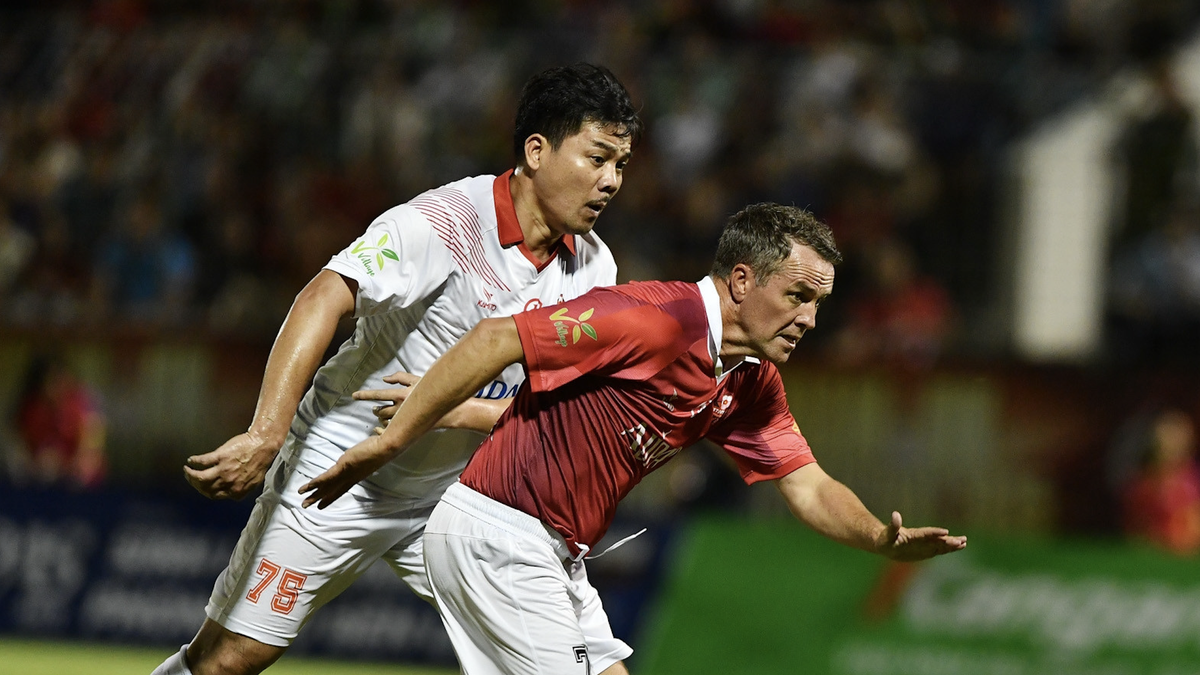

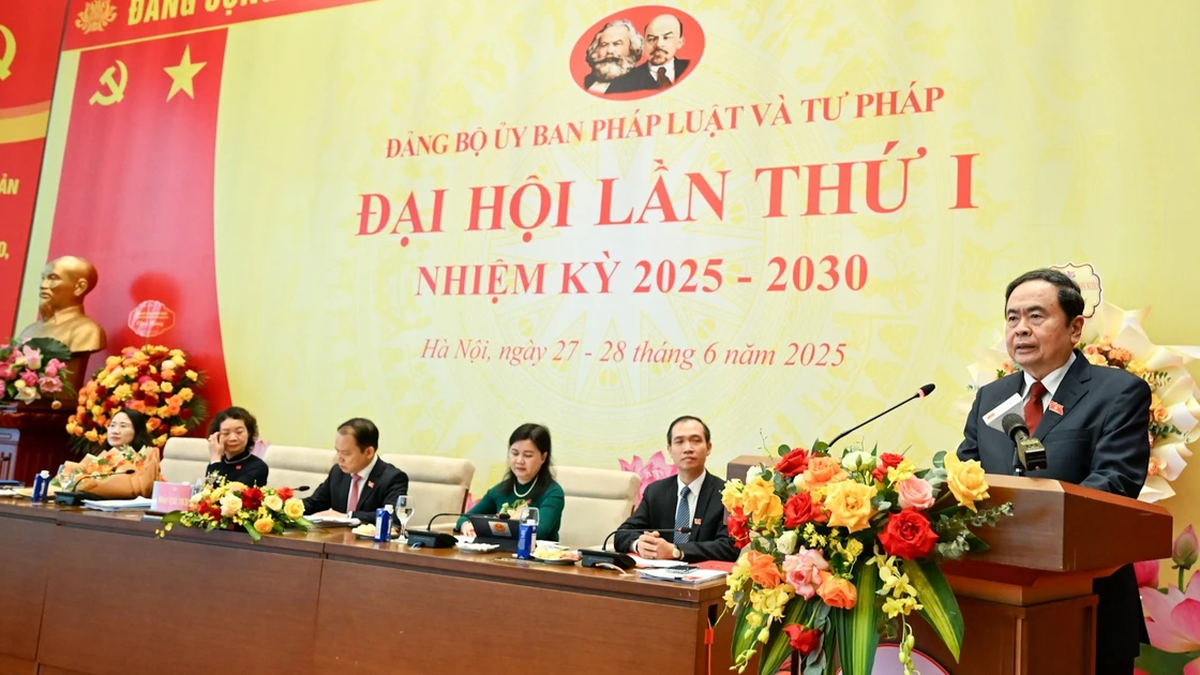






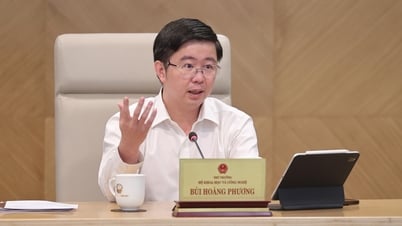





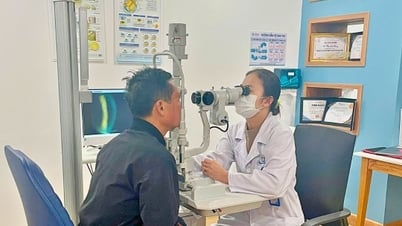

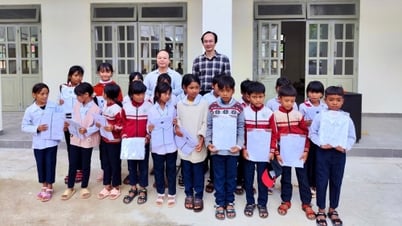

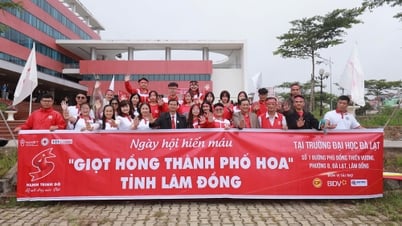
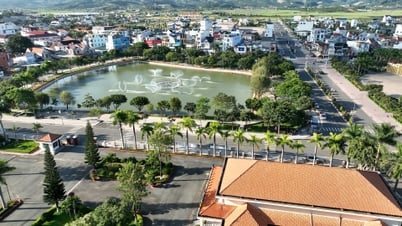
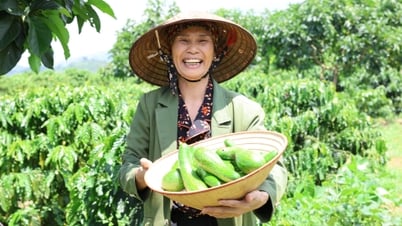








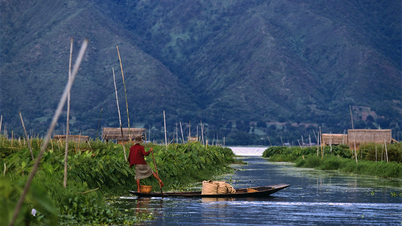

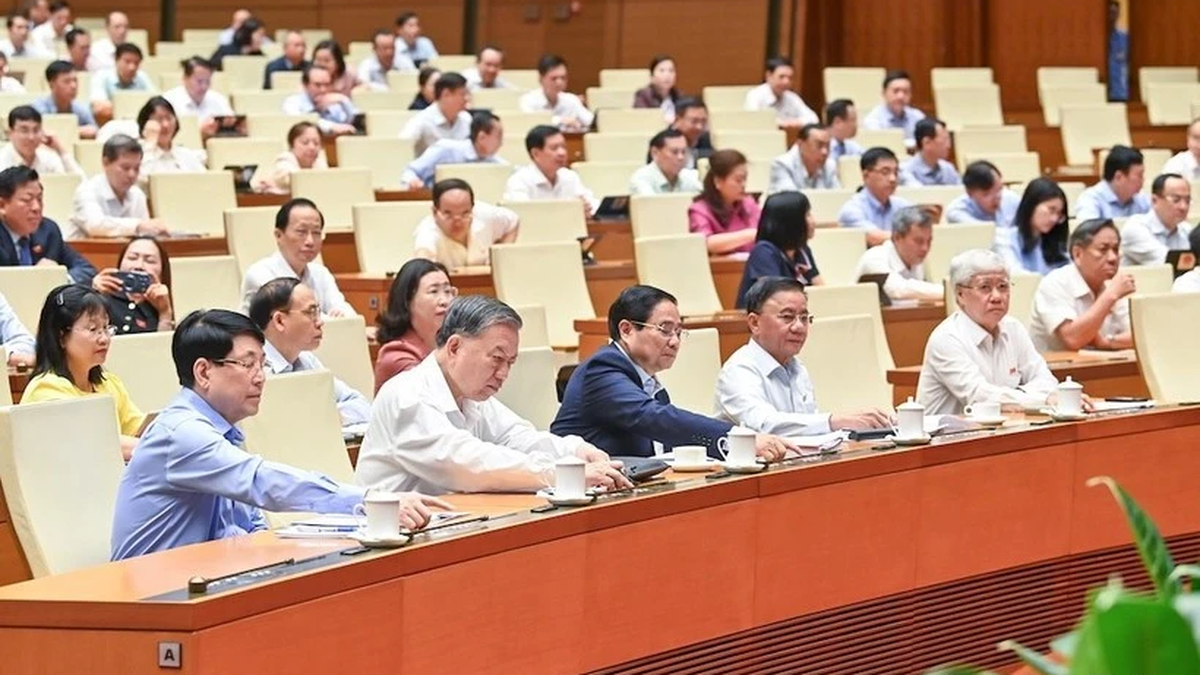

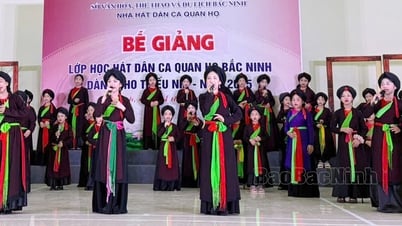

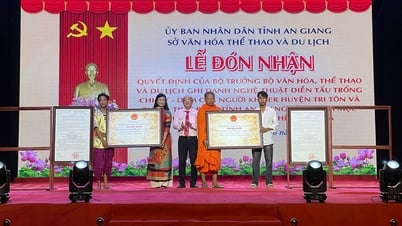

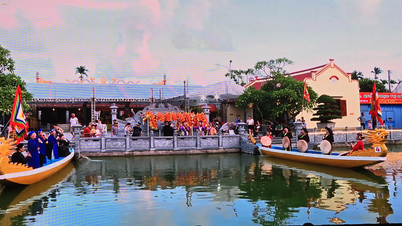

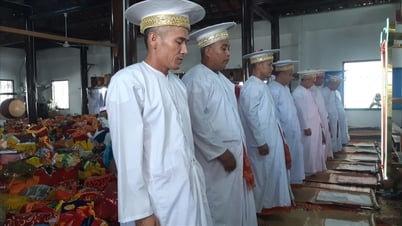

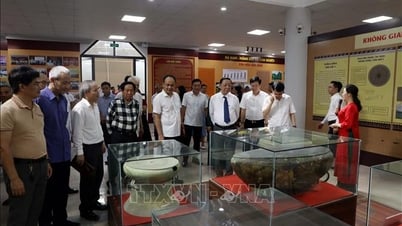




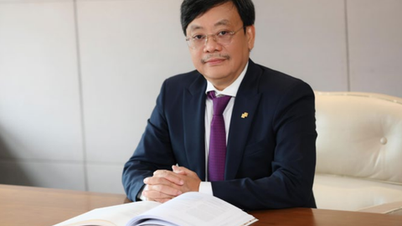



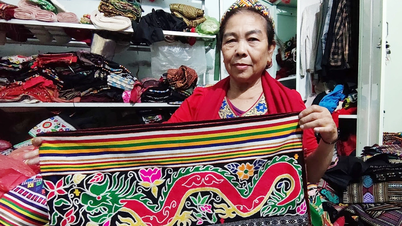

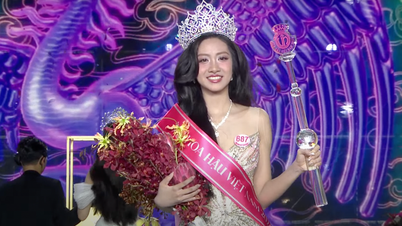





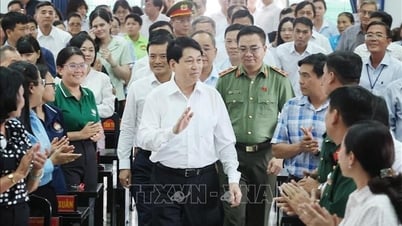
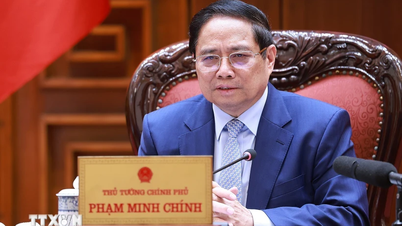


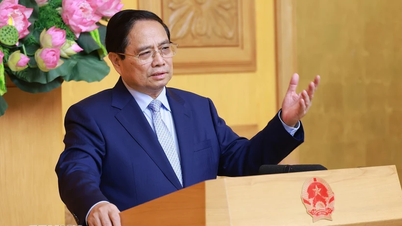




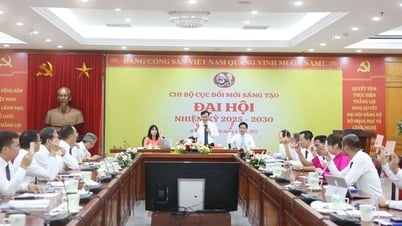
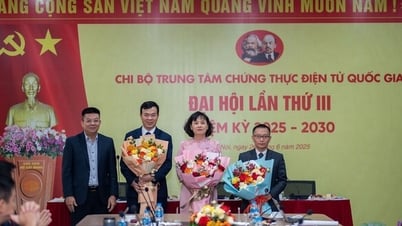


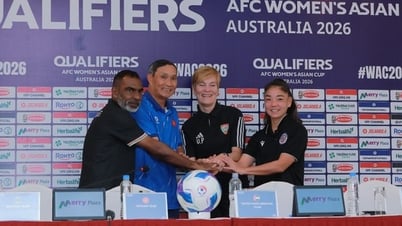
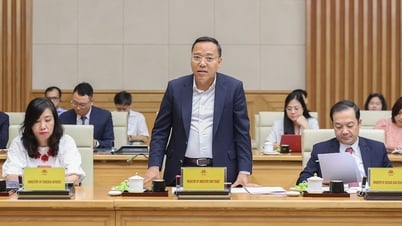

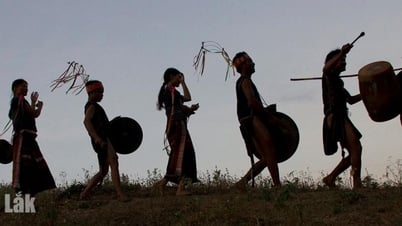

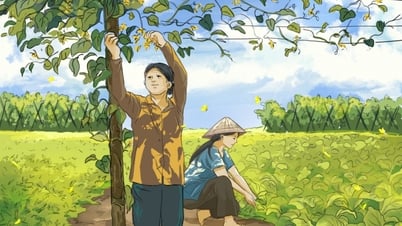
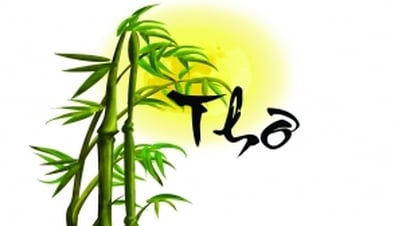
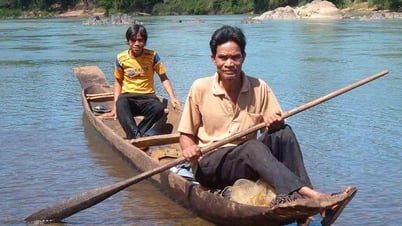
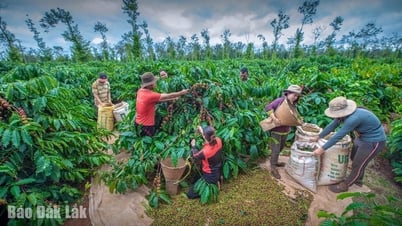











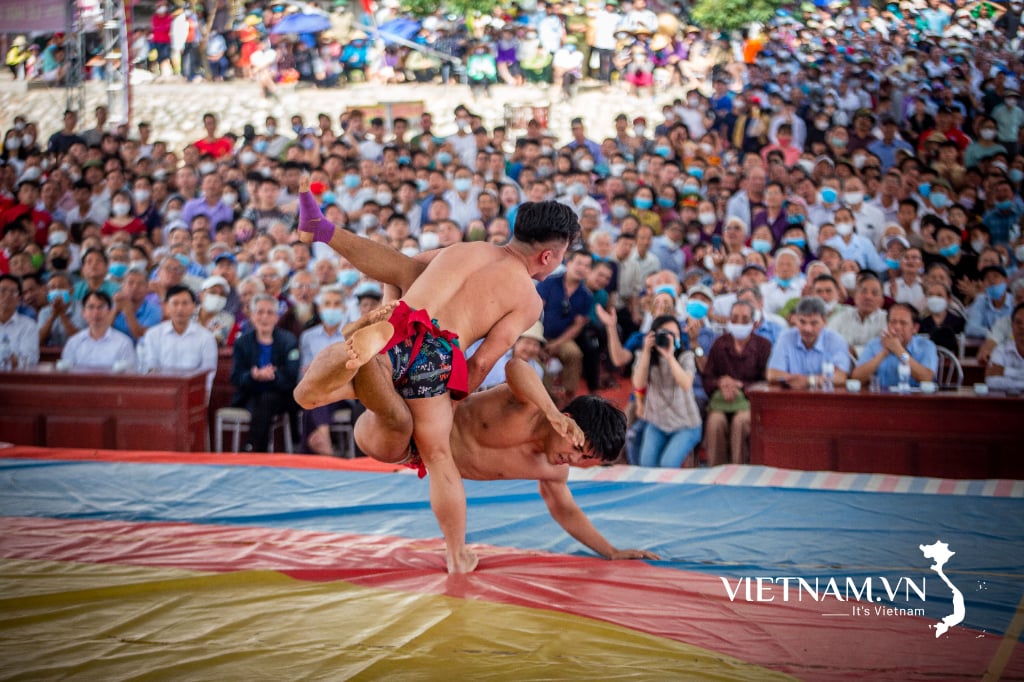


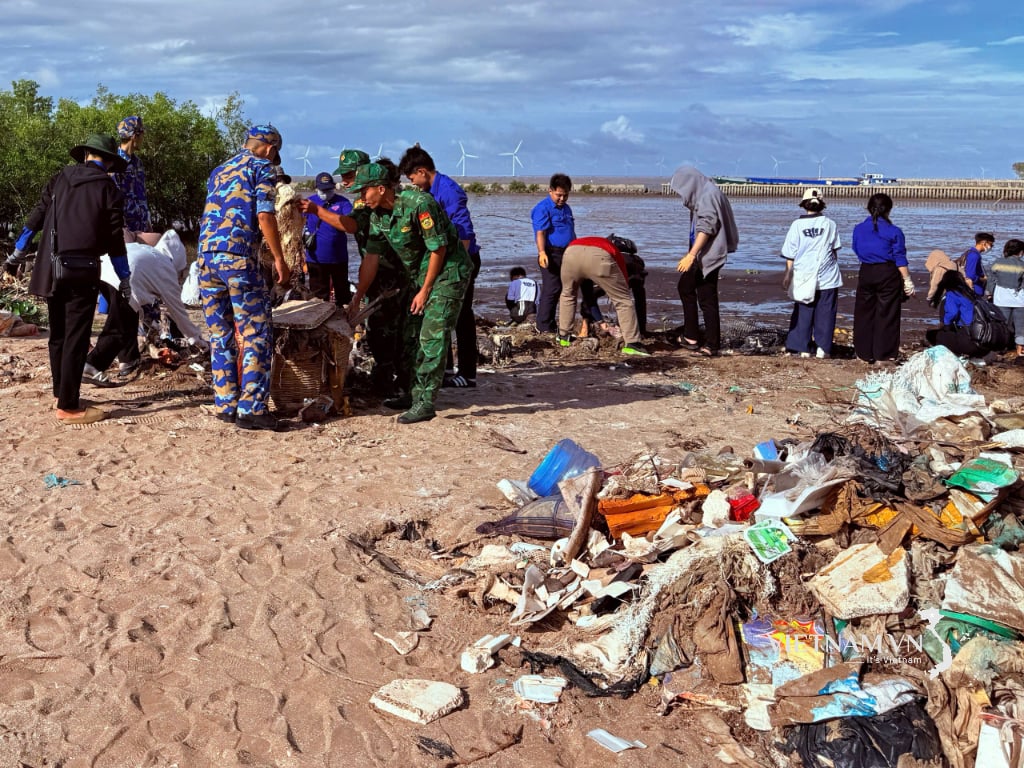
Comment (0)